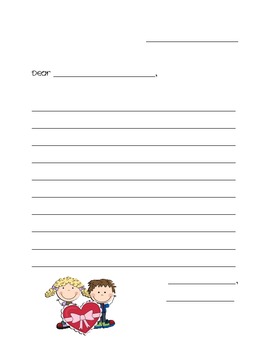
Once you’ve considered your characters, scenes, and your intent for writing the story, it’s time to start writing the actual outline. You can order each scene based on your tentative idea for a plot, then start plotting the story itself! 4. Scene writing helps you move towards structuring a short story or novel. These emotional responses help navigate the reader through the world itself, coloring the story and driving the plot forward. Most importantly, tell us how the character feels in each scene. The world of your story should be just as alive as your characters. Include unique descriptions and objects to make the reader fully present. Consider details like the temperature, the color of the sky or the walls, the time of day, etc. Tell us where the action of the story is happening, then zero in on information to ground the reader. When developing your scenes, consider the smallest details to add layers of visual and sensory description. Whether your premise takes place on Earth or in a distant universe, your next step is to craft the world your characters live in. Do the work of fleshing out your characters now, and your story will develop a life and pulse of its own. When you don’t know what to write next in your story, thinking back to your characters’ psychology can often provide the answer. Your characters advance the plot, explore the story’s themes, and help you reach new conclusions about life and humanity. Most stories are character-driven in one way or another. What are their needs and motivations, how do they dress, what are their backstories, how will they respond to the story’s central conflict? Once you have a story premise, start thinking about the characters in your story. The makings of a legendary story are written in these two sentences, ready to take the stage! 2. This story premise tells us who the characters are, what their conflict is, and that their story explores-the themes of love and fate. When Juliet must choose between her family and her heart, both lovers must find a way to stay united, even if fate won’t allow it.” “Two teens, Romeo and Juliet, pursue their forbidden love with each other-to the chagrin of their rival families. Here’s an example of a successful premise:

A great story premise will introduce the central conflict with these characters, while a poor premise offers little in the way of structure and storyline. Let’s take a story that most people are familiar with: Romeo and Juliet. Story premises mention the protagonist, the setting, and the conflict, while also highlighting what makes the story interesting.Ī great story premise will introduce the central conflict with your characters, while highlighting what makes the story interesting. The premise is a 1-3 sentence summary of what happens in the story. Start With Your Story PremiseĪ good story outline starts with your story premise. While these steps are only a guideline, they will almost certainly help you structure a short story or novel. This process will help you expand the components of the story into a workable piece of fiction. The story outline process is intended to build your story from idea to finished product.

Storywriting savvy how to#
How to Write a Good Story Outline Step-by-Step How do writers tell stories with tension, action, and emotion? Learn how to write forward-moving tension in this 4 week fiction course. This article will suggest four different ways to outline your story, but these are just suggestions-the best outline will adapt to your writing style and methods.Ĭrafting a Story or Novel Chapter Using Forward-Moving Tension Like fiction writing itself, writing an outline is a skill that you master over time. Story outlining isn’t something you master right away. The story outline is a sturdy bridge between your story idea and a polished work of fiction. It’s possible to do both short story writing and novel writing without a story outline, but when you’re not sure where to begin or how to continue, outlining your ideas can help you put one word in front of another. What is a Story Outline?Ī story outline is a way for writers to organize the events of their story before they actually write it.

Let’s delve into how to write a story outline, and why learning to structure a short story or novel will actually unlock its creative potential. If you approach story outlining properly, though, it won’t limit your creativity-quite the opposite.

Some writers balk at the idea of using a story outline, as they think the process constrains their creativity. When you’re not sure how to start writing a story idea you might have, working on an outline will save you time and frustration, while also generating new ideas. The story outline is a great bridge between your story idea and a polished work of fiction.


 0 kommentar(er)
0 kommentar(er)
